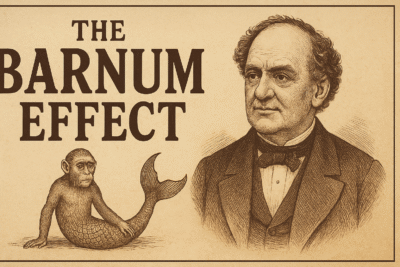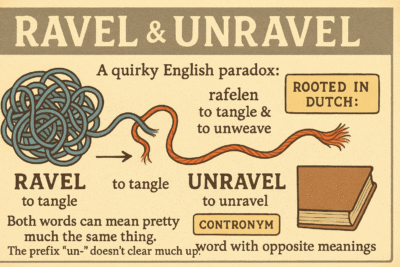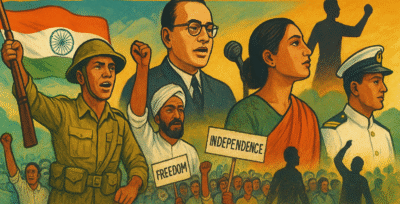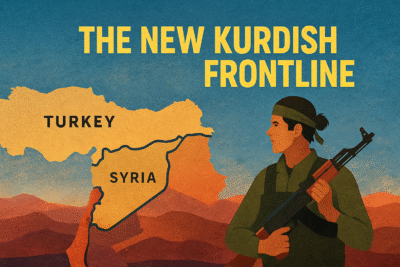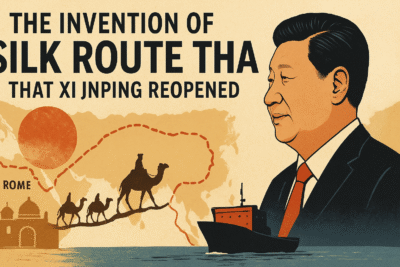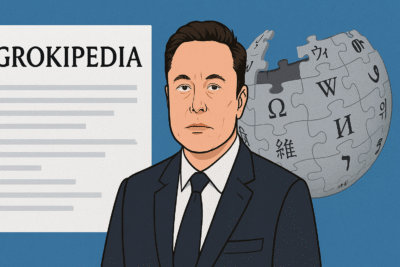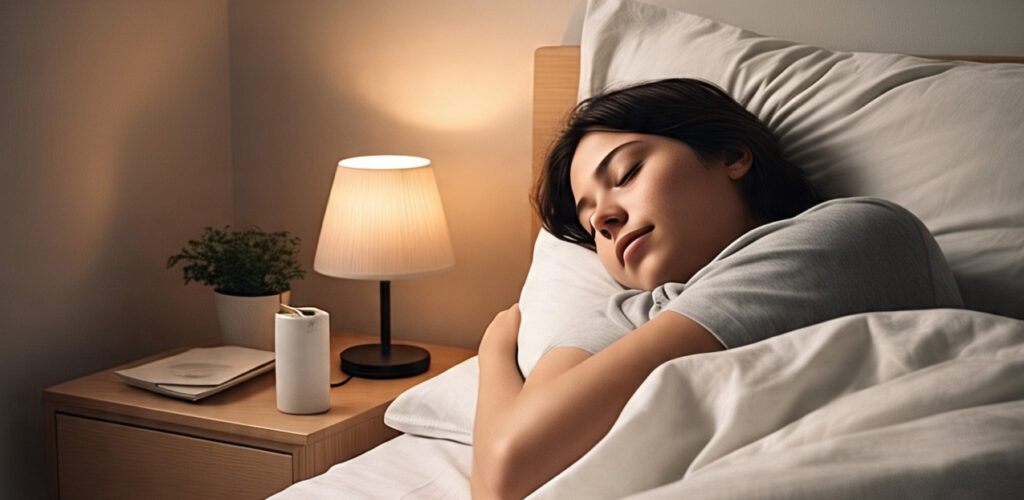
Sleep good, live better. (Photo: AI generated)
Sleep is my favourite subject. Not just because I love sleeping, but because understanding it fascinates me. Some who know me also know that for many years I have tried to understand sleep. Once or twice, while giving lectures, I shared my understanding of sleep. And that’s why I started a series on sleep, with this Part One.
There have been many misconceptions about sleep and sleeping, especially among parents and guardians. They do not want their children to sleep. Actually, this is not entirely true. They want children to sleep according to their understanding.
At the root of their insistence is the lesson of “polyphasic sleep” that was forced upon them like a punishment in their childhood. Sleep should be light. It should be completed in a short time. And one should feel completely fresh upon waking.
All these are contradictory ideas. Sleep should not be light or shallow. In fact, shallow sleep is harmful — even life-threatening. Sleep is not merely a need; sleep is life. It sustains life.
Consider sleep as the everyday routine and waking as necessary for certain needs — gathering food, ensuring safety, and reproducing. Life’s essential work happens during sleep. Remember the last time you were ill; doctors and well-wishers advised you to sleep well. Sleep is indeed that important.
Why do we sleep?
The exact reason is perhaps still unknown. I certainly do not know. But in my quest to understand sleep better, I have tried reading some research papers and books. I was surprised to learn that from independent scientists to the US government, millions of dollars have been spent researching sleep. This removed my hesitation about my interest in sleep. If scientists research it and governments spend money, why should I feel shy?
There are many opinions on why we sleep. What is certain is that sleep is part of evolution and is connected to the Earth’s relationship with the sun — sunrise and sunset. It is not as simple as just seeing with eyes or not seeing. Sleeping is so essential that all living beings sleep. The form, shape and method of sleeping may vary, but sleep is universal.
I don’t recall which research said this, but Matthew Walker, who teaches at the University of California, Berkeley — yes, where Rahul Gandhi has given a speech — and is one of the world’s leading sleep scientists, believes even bacteria sleep. Perhaps the coronavirus SARS-CoV-2 also sleeps. Their sleep cycle, like that of other animals and plants, follows the cycle of sunrise and sunset.
The cycle of sleep
Matthew Walker said, “We have discovered that the very simplest forms of unicellular organisms that survive for periods exceeding twenty-four hours, such as bacteria, have active and passive phases that correspond to the light-dark cycle of our planet.”
This cycle of sunrise and sunset, which governs our sleeping and waking cycle, is called the circadian rhythm — the internal clock. It determines our sleeping time and the reason we sleep.
It is not that every person’s internal clock shows the same time. In India, there is an old tradition of understanding symbols. According to those learned in this, two birds are very appropriate to explain sleep — the owl and the Bharat bird, also called the Bharadwaj bird. The owl, besides being associated with Lakshmi, is a symbol of night wakefulness. The Bharat bird is an early riser.
Some people’s internal clocks match the owl. Compared to the Bharat bird, they run a few hours late — like Indian trains before the Covid era. You can wake up an owl-type person in the morning, but they work very weakly in the first few hours. By afternoon, they seem more capable. But the lesson of polyphasic sleep keeps us trying to improve them.
About 40% of people in the world are owl types. But generally, those who reach higher positions — politicians or CEOs — are Bharat types. The saying “early to bed, early to rise” is scientifically incorrect and unnatural, but it is used unconsciously against two out of five people. Think about this next time at home or office.
You may read Part Three of the sleep series on TheFreePen
